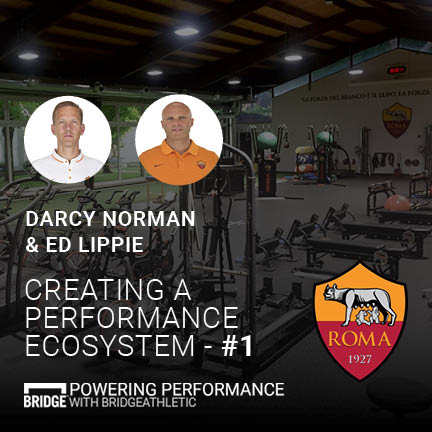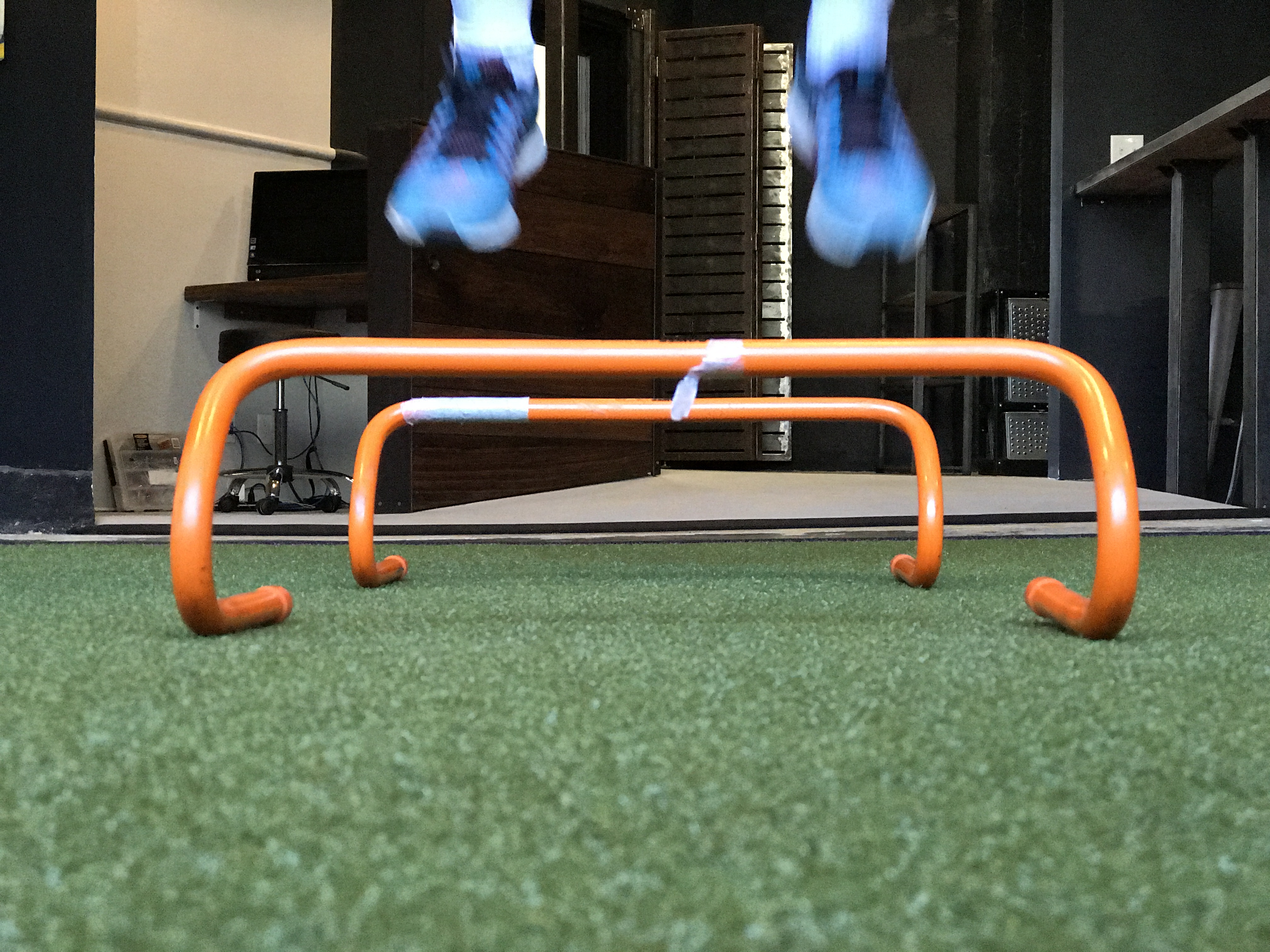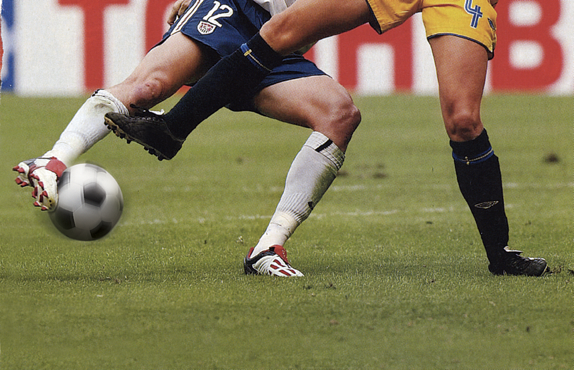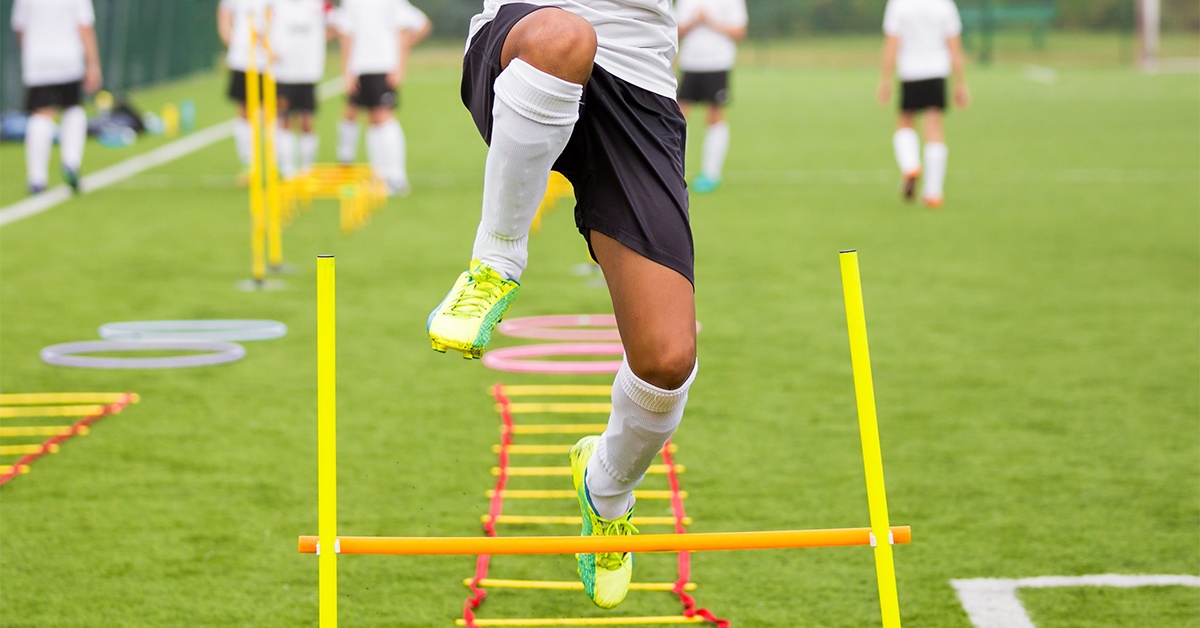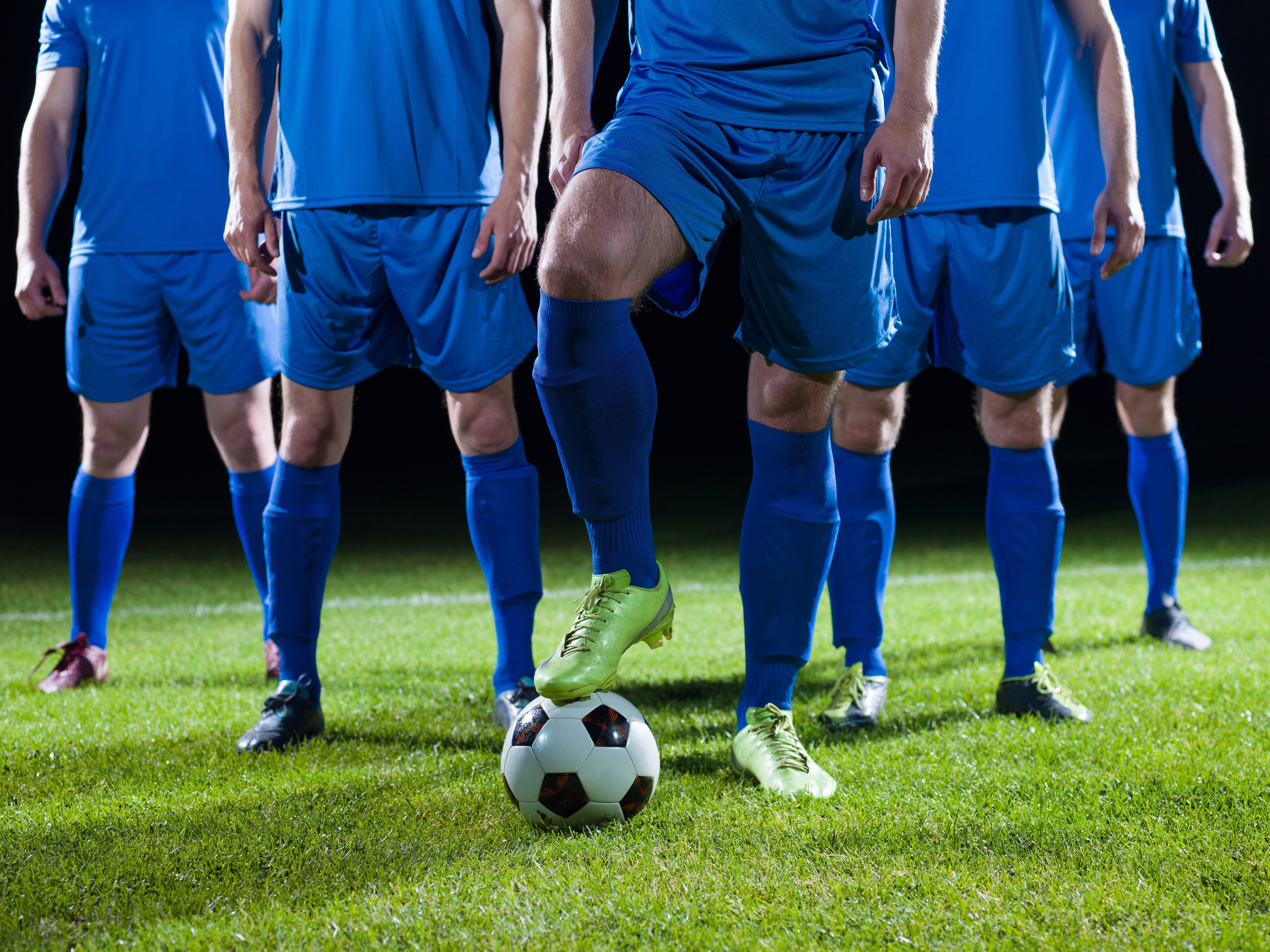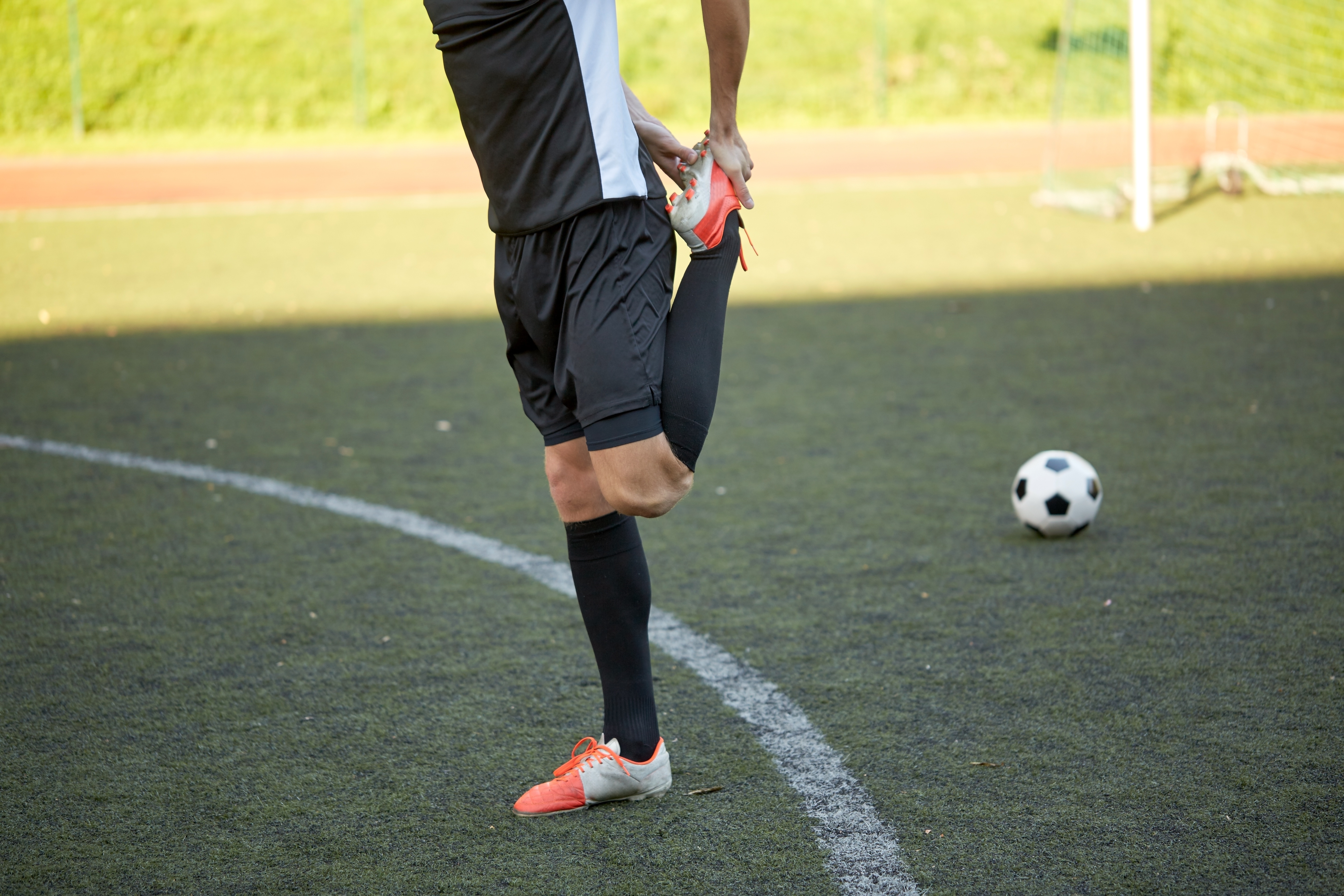Becoming Creative in the Training Center
In part one of our AS Roma breakdown, we explored how Director of Performance Darcy Norman and Head Performance Coach Ed Lippie adapted a structure around a core mission statement; “putting the athlete at the center of all decisions.” And how this structure allowed them to create a performance ecosystem. In part two, we’ll explore the benefits from leveraging this structure and how coaches gain more time for creativity while in the training center. “Creating systems allows you to be more creative because if you’ve got a framework that you can fall back on, it frees your mind to come up with some creative tweaks.” While routine is key, breaking out of the mundane in the training center can help both the staff and the athletes feel refreshed every time they come in.
Haven't read Part I yet? Check it out here
Read MoreTeam Development Sports Technology Soccer Coaching Tips Powering Performance
Speed and agility skills are important for soccer players to learn in order to improve their multi-directional speed. With or without the ball, the main goal of increasing a player’s quickness is to maximize performance and react faster than an opponent. Introducing agility basics early allows players to establish a solid set of techniques before increasing the complexity of the drills down the road. There are many soccer-specific progression drills that players can do to increase their quickness on the field and reduce the risk of injury.
Read More
Soccer is currently the most popular sport played worldwide and it also, not surprisingly, happens to have the highest injury rate among high school sports, with ankle sprains occurring most frequently. Ankle sprains are a common injury in the sports world, comprising approximately 25% of all sports-related injuries.1 A prior ankle sprain is one of the greatest risk factors for a future sprain, so both prevention and optimal management of acute (new) sprains is essential. This article will briefly review the anatomy and mechanism of an ankle sprain, management options, and finally prevention strategies.
Stats on Ankle Sprains
20% of all injuries in youth soccer players16
25% of all injuries across all sports
Read More
Soccer players spend the entire summer preparing for their dreaded preseason fitness test. Ranging from the infamous beep-test to a strenuous timed run, most soccer teams require their athletes to complete a fitness test at the beginning of preseason. It is the first chance an athlete has to make a good impression and will set the bar for the rest of the season.
Read MoreSoccer players all over the world cringe at the thought of tearing their anterior cruciate ligament (ACL). Unfortunately, this season-ending injury is very common amongst soccer players. In the United States alone, there are between 100,000 and 200,000 ACL ruptures per year (Friedberg). The ACL connects the femur (thigh bone) to the tibia (shin bone) and serves as an important stabilizer in the knee to prevent bones from over-extension and over-rotation. However, typical movements in soccer can put an immense amount of stress on a player’s knee causing injury. An ACL rupture is certainly one of the most serious knee injuries in soccer, but after surgery and rehabilitation athletes can return to play within 6-12 months. Additionally, soccer specific training reduces the risk of injury.
Read More6 Steps to Building a High Performance and Soccer Specific Training Program
By Sarah Connors on June 09, 2017
Success on the field comes from hard work in the gym. Soccer specific training programs designed for each player’s position, strengths and weaknesses, and the team’s competition calendar are paying off on the field. Coaches are seeing the main difference through an increase in game wins. They are also seeing a reduction in player injuries allowing their team to go hard all season long. Whether players are still developing or competing at the highest level, having explosive power and strength can be the difference between scoring goals and losing a game. Here’s a six-step guide on how to build a soccer specific training program:
Read MoreA proper dynamic warm-up is an important step to prepare an athlete’s body to perform at maximum intensity during a workout, training session, and competition. In the past, a traditional warm-up routine involved a light jog followed by extensive static stretching. Studies have shown that too much static stretching lengthens muscles and nerves, which in turn decreases athletic performance for up to two hours. Unlike this “sit and stretch” method, an active dynamic warm-up increases body and core temperature, increases blood flow to muscles, focuses the athlete’s mind on the task ahead, and enhances coordination and motor ability. Thus, an effective dynamic warm-up should incorporate sport-specific movements and cause athletes to break a sweat in order to optimize athletic performance.
Read More

